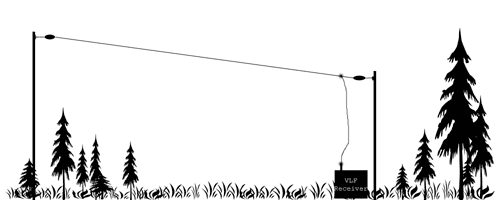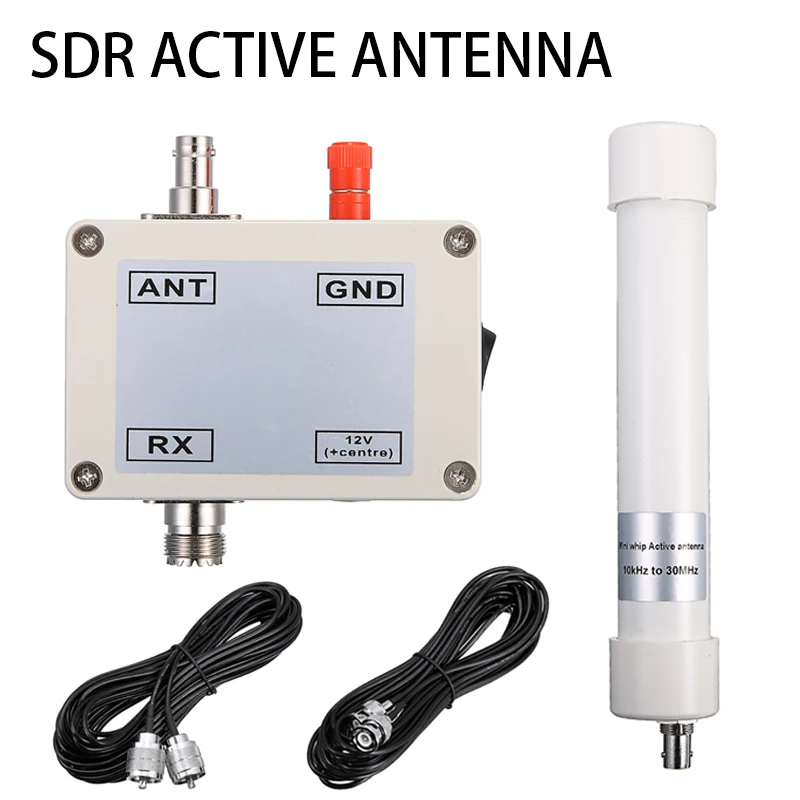

What you will find is that very small antennas such as you suggest will be very low gain antennas due to low efficiency. The gain of the small loop antenna is given as:Īrmed with these formulas, you can calculate all of the parameters for any proposed 15 kHz small loop antenna. The RF resistance of 26 gauge (AWG) copper wire at 15 kHz is 1.265 ohms/meter. Where R wire is the RF resistance of the wire in ohms/meter. The approximate RF resistance of the loop antenna is given as: With the installation of a VLF receiver and antenna system in May 2013, UPB connected to the AWESOME (Atmospheric Weather Electromagnetic System for. You can see from equation 3 that for a given core material, as the number of turns are increased, the radiation resistance goes up according to the number of turns squared.

If the loops are air wound, simply set $\mu$ er to 1. $$\lambda (in\space meters) = \frac$ is the effective relative permeability of the material around which the loops are wound. The formula for the reasonable approximation of wavelength is Wavelength of the 15Khz frequency is around 14990 meter A 1m vertical whip looks like a 15pF (approx) capacitor between the signal and the input of the amplifier. Antennas Simplest antenna is a short 1m vertical whip (E-field).

There is no practical basis for this assertion. VLF & ULF Signals, Receivers and Antennas (cont’d) Geoff Osborne VK2TGO 12. Some of the initial results obtained from the preliminary analysis are presented to show the probing potentiality of ELF/VLF waves in ionosphere/magnetosphere studies.A squarish shape antenna is the best sender/receiver Simultaneous observation at multiple sites will provide opportunity to study in more detail the application of ELF/VLF data as earthquake precursors. and D-region ionospheric perturbation caused by the geophysical phenomena such as solar flares, lightning induced electron precipitations, cosmic gamma ray flares, terrestrial gamma rays flares, geomagnetic storm effect, etc. It provides additional facilities to study the VLF phenomena at low latitudes which were not studied earlier, like direction finding of events like whistlers, emissions, etc. The new set up of VLF receiver is a marked improvement over the traditional recording and analysis systems in India. VLF stations are part of Atmospheric Weather Electromagnetic System for Observation, Modeling and Education (AWESOME) network being operated globally to study the ionosphere and the magnetosphere with the help of electromagnetic waves in extremely low frequency (ELF) and VLF bands. These stations were set up by collaboration between the Indian Institute of Geomagnetism, Mumbai and Stanford University, USA under the International Heliophysical Year 2007/United Nations Basic Space Science Initiative (UNBSSI) program. This article delineates preliminary results obtained from three newly set up very low frequency (VLF) radio receiver observation stations at low latitude Indian sites Allahabad (16.49°N), Nainital (20.48°N) and Varanasi (15.41°N), during 2007.


 0 kommentar(er)
0 kommentar(er)
